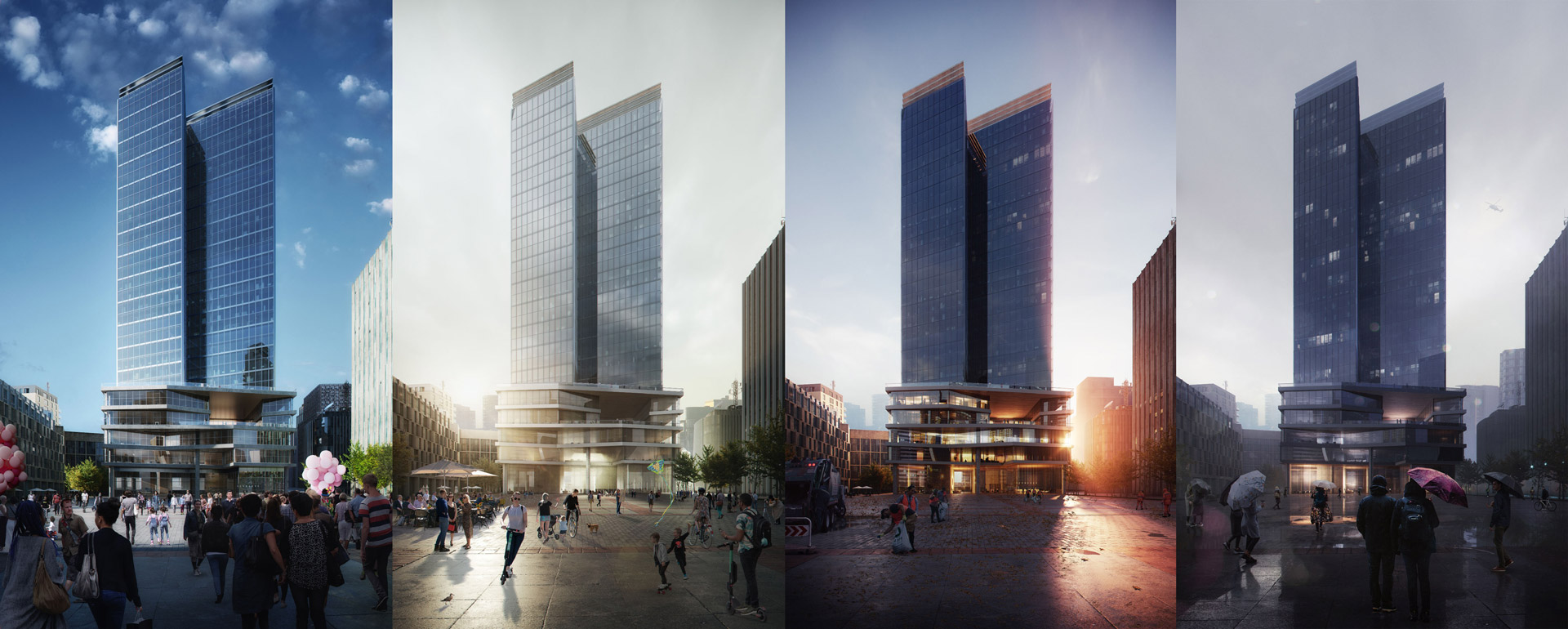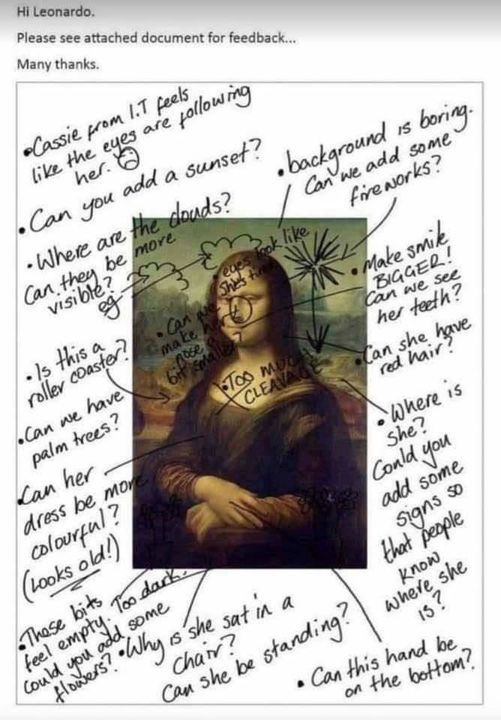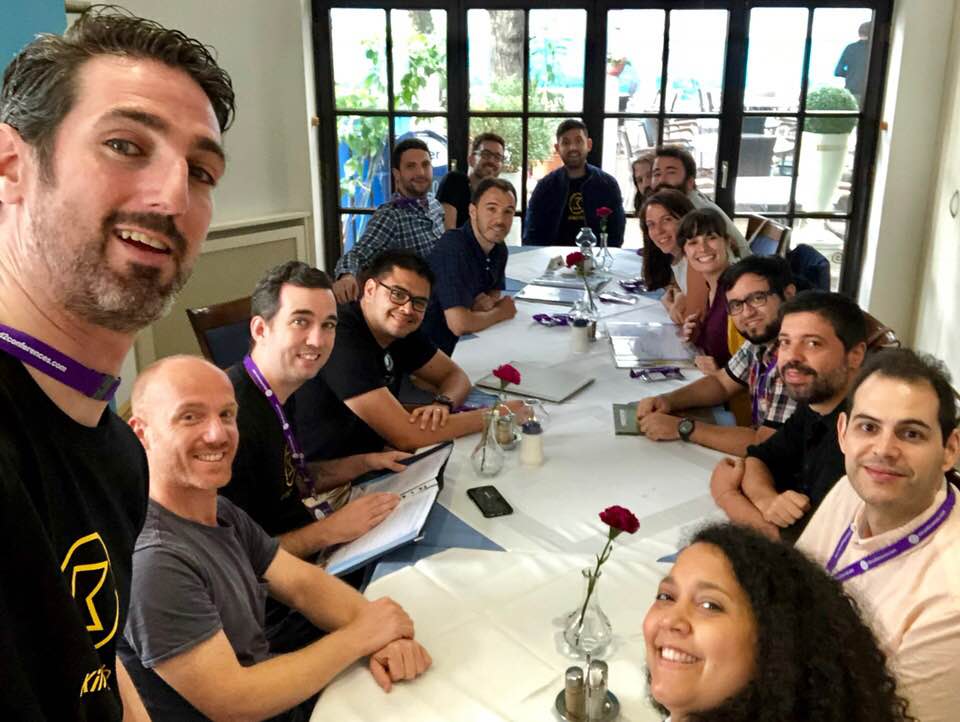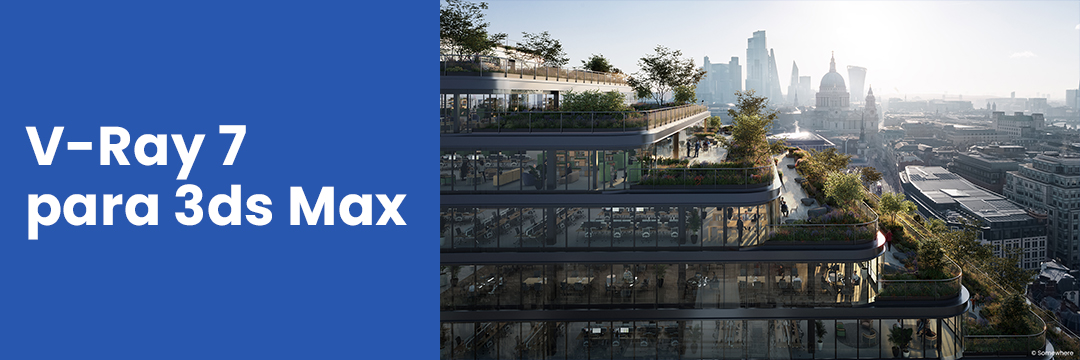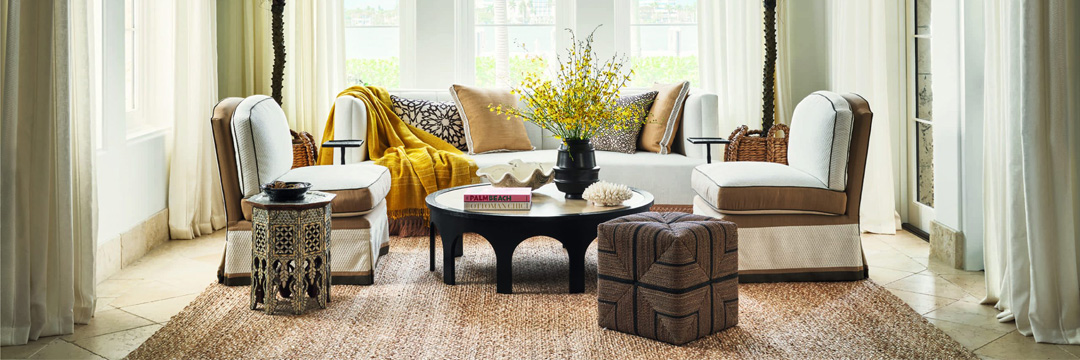We continue to share our blog space with relevant figures from our community. On this occasion, we talk again with Lemons Bucket, a Spanish architectural visualization studio founded by Karina Ponce, Pablo López and Daniel Herreras. Today they tell us about their experience getting started and the 10 pieces of advice they would give to artists considering starting a professional project by setting up an Archviz studio.
As always, we hope you find it interesting and we encourage you to leave your impressions in the comments.
Lemons Bucket came about in a very casual way, we were classmates and we decided impulsively to create an Archviz studio from scratch. We went from being students of an Archviz course to having our own studio overnight. This, looking at it with perspective, is not the best way to join the profession.
We believe that the ideal is to start hand in hand with experienced people who allow us to learn faster the ins and outs of the Archviz market and the inner workings of a studio, not only at a technical level, but also at a business level, dealing with the client, etc.
As we skip the step of learning from professionals, we have had to learn by making a lot of mistakes that we would have liked to avoid, that is why we want to write the article that we would have liked to read 8 years ago when we decided to set up our archviz studio.
1. Have a plan and follow it.
We need a plan, whether at a global level, a business plan, or at a project level. Planning the direction you want for your company and reviewing it from time to time helps to get an idea of whether you are walking in the right direction, to do self-criticism and to be able to improve. Planning the project, taking into account times, people who will work on it and assuming that there can always be setbacks, will ensure you get to the deliveries well and with high quality images.
2. Select your clients
Not all clients are good for a studio. There are clients who need another type of study, perhaps a study that works with a different type of quality, other prices, even other services. There are projects that are simply not going to bring you anything, they are not going to make you earn money, they are not going to serve as a portfolio, nor as learning. It seems that by inertia everything that fits the schedule is accepted and there are times when it is simply better to let it go.
3. 3D is not everything
Activities beyond projects for clients. This is a topic that gives us a lot of laziness, we all like to work in the most technical/artistic parts of the profession, but we cannot neglect everything else: Administration, customer acquisition, internal projects, organization/renovation of bookstores, courses for keep learning etc. All these types of activities have to be done, some can be delegated, others cannot, you have to get used to the idea.
4. The importance of rest
Personal time is important. We have a very nice job, we like it and that also has its risks, because many times we work many more hours than healthy. You have to look away from the screen to see things in a fresher way when you return. After 8 hours in front of the screen, we lose skills, often the quality of our work deteriorates because we do not respect the breaks we need. Likewise, we risk stopping enjoying our work, and beginning to suffer from professional burnout syndrome. For us it is important to respect schedules and in the exceptions that are not possible, charge overtime or weekends.
5. Invest in tools
Your time is worth money, sometimes it is difficult for us to invest in equipment, programs, scripts and we end up working more, dedicating our time to fill technical gaps. You have to assess what is worth spending money on, what investments are going to be profitable in the long run even though today they may seem expensive.
6. A contract ahead
It is necessary to have a contract with the client. It is quite typical as a Freelancer or a young company, not to have a document that contains what you commit to and what the client commits to, agreed by both before starting a project. This, from our point of view, is a mistake. The contract puts the obligations of both on the table before anyone moves a finger and we will be able to resort to it in case of any problem that may arise. The contract includes the prices, the calendar, the number of drafts, the delivery format, etc. Everything that comes out of that can be renegotiated with the client, either by expanding the budget, deadlines or whatever is deemed appropriate. In addition, for the client, it gives the image of a serious company, since you commit in writing to provide the service in terms and quality. We, from our own experience, distrust clients who do not want a contract. It is simply essential to work with us.
7. Dare to say NO
Communication with the client is important and NO is just another word. At first it was very difficult for us to say no to anything, it didn’t matter what the client asked us, we were afraid to say no and lose the client. Well, experience tells us that many times NO benefits us all, including the client. It must be taken into account that many clients do not know very well what our workflow is, they have not worked with Archviz companies before and they do not understand very well what is viable and what is not. We must bear in mind that we have been hired to obtain images of similar quality to the images in our portfolio and that delivering these types of images is our duty.
The client wants to know when the final quality is being put at risk, many times they need to be told that they cannot wait any longer to receive the information, that cameras must be decided now or that they must advance to the next phase if you want to have a good final quality. Therefore, from our point of view, within the part of communication with the client, the NO must be included, for the sake of the final result and therefore, the good of all.
8. Moodboard, please
You have to flee terrified from projects without reference images or moodboard. We remind clients before starting that it is very important that we know what images they have in mind, we need to get an idea of what they would like to receive on the day of delivery in order to develop the images with it in mind. In addition, the preparation of this moodboard will help the client to think about the images and make decisions that they may not have made yet, this will allow them to move in the right direction from the beginning and optimize the time to get good images. Any project without these references will end up being a lottery, if you get it right it can go well, but if not… everything gets complicated.
9. Feedback in writing
Feedback in writing. Many customers prefer to meet so that they can discuss their impressions directly. That’s great, but it shouldn’t replace visual and written proofreading. Several people usually work on projects, either simultaneously or in different phases, so having a document with all the comments made by the client is essential to avoid misunderstandings. It is also important that the customer’s comments are specific and if they can have visual support for reference, the better. Comments such as: happier, more spring-like or I don’t like this, change (just like that), lead to misunderstandings.
10. We are a community
Connect with your fellow professionals. Attending events, meeting people within your same profession is enriching. We collaborate with many people on different projects and we usually learn a lot from these experiences. In addition, many times we receive projects that we see would fit better with other studios and we pass projects on to other studios or vice versa. We also find ourselves in situations that we know other studios have had before and having a good relationship with them has allowed us to call them to ask questions or ask for help in certain situations. Therefore, in our experience, treating other studios as colleagues rather than as competition has brought us very positive things, not only on a personal level, but also on a business level.
The truth is that having seen all these points, now they seem like things that are very common sense, but the truth is that they are all things that we had to learn by dint of making mistakes and that we would have learned before if we had started our path in Archviz together with professionals. with experience in the sector. Surely we left a lot of things to say. What would you say to your rookie self?
Lemons Bucket
If you are interested in learning more about the work of Lemons Bucket, you can visit the following links:
Sitio Web
Facebook
Instagram
LinkedIn
Behance
As always, we invite you to leave any comments or suggestions at the bottom of this page.





